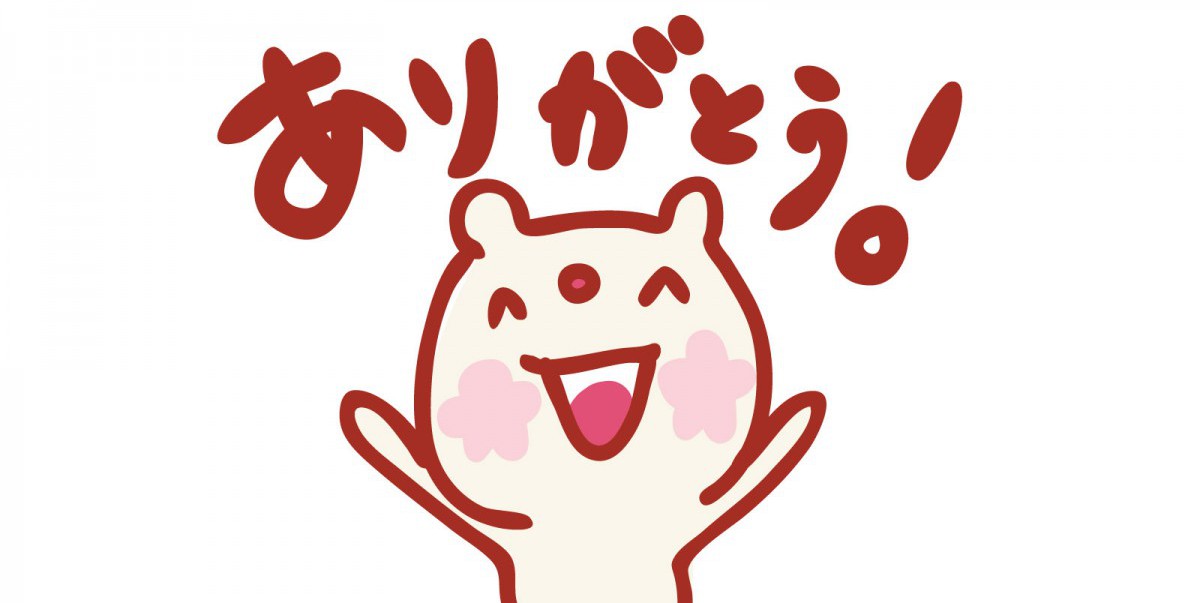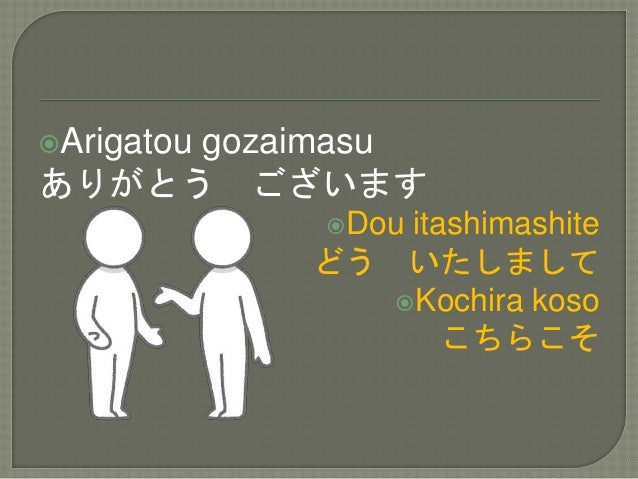Japanese - a hard language to master indeed, and how can a Japanese beginner begins to learn it? How to start learning Japanese writing? To lessen beginners' burden, this time we would like to share the guide to Japanese Writing for beginners. Hope you can learn something, and have fun.
STEP 1 - Learn Hiragana and Katakana
Of course this is obvious. In order to write something with a new language, we need to grasp the alphabet or syllable system of that language. As you know, in Japanese, Hiragana and Katakana are the 2 syllable charts which we must learn. While Hiragana is the most basic syllable chart and considered to be simplified version of Chinese characters, Katakana is mostly used for borrowed from other countries, such as English, and sometimes used to emphasize information. Why there is no Kanji listed here you may ask? It will be left for later, but the first step, Hiragana and Katakana is enough. As you grasp both syllable charts, you can start to practice Japanese writing.
STEP 2 - Learn basic grammar structures
After we master Hiragana and Katakana, it's time to learn some basic grammar structures before we start to practice writing Japanese. So what is basic grammar structures? We will take Minna no Nihongo lessons as the foundation. In Minna no Nihongo, there are total 50 lessons, however for beginners, we only need to learn approximately first 10 lessons. With the first 10 lessons, we can already start to write basic Japanese sentence and even a paragraph. Here are some examples:
STEP 3 - Start practicing Japanese writing
So, as we learned Hiragana, Katakana, and some basic grammar structures, we should be able to write basic sentences and paragraphs. But that is enough to start learning Japanese writing. Think of this not as a chore, but as a way to express self through Japanese writing. Normally if we mention about writing, mostly we will think of rigorous training with bunch of writing exercises. However, in this case it is not that recommended. By putting this way we don't mean that writing exercises are not effective. The thing is after doing exercises for a period of time, we will start to get bored, and of course our learning progress will also be slowed down. So as beginners, and also to make it more exciting, why don't we try another approaches? One of them is to write diary, not just "dairy", but "dairy in Japanese". There is no need to write complicated essay or paragraphs, we just need to write what we like to, what we experience during the day. Isn't it more exciting and interesting than doing plain exercises? There are lots of other choices, but it is up to the creativity of the learners. For now, diary is a good enough start.
STEP 4 - Gradually use Kanji in the writing
As we get used to write diary in Japanese, it's time to combine with Kanji words we know. Since Kanji takes an extremely important role in Japanese, we should also be able to use Kanji while writing Japanese. This will be a long process so we just need to be patient. Start off with some basic Kanji words such as 先生 (Sensei - Teacher/Master), 大学 (Daigaku - University), 食べます (Tabemasu - Eat), etc..., we will gradually get used to Kanji, we will be able to remember more Kanji words and apply them in our writing, making our writing more fluent.
STEP 5 - Continue and Develop
This should be called as a tip more than a step since it is just about the continuation of what we have been doing. As we become more skilled in Japanese, we learn more grammar structures, vocabularies, and Kanji words. As we advance to the next level, we can write much longer and better paragraphs, diary stories, or even essays. In this stage, we can also do some self-challenges in which we try to write about particular things, topics that we are interested in. It should be good learning experience as we continue writing Japanese.
Some TIPS for writing Japanese (According to this guide)
TIP 1 - Read manga
"Manga? That is not even related to writing Japanese!" If this is what comes to your mind (or something else similar), then there is explaination for it. The special part about manga is that it is for all ages. It is widely excepted in Japan, also there are many varieties of manga, from children stories to adult world, serious contents. So you can expect to learn alot from manga. Another reason, which is also the most important. is most manga series include plenty of Furigana - basically Kanji words with Hiragana version written above. This special trait of manga actually helps you alot in your Kanji learning, thus, help you write Japanese better as your Kanji words resource increases.
TIP 2 - Always start writing with basic grammar structures
This one does not mean that you have to hinder your imagination and you must stick to the basic grammar structures as close as possible. To be more precise, this tip is for beginners. As beginners, we always want to be good in Japanese in the fastest way possible. We also want to write what we want, going as wild as possible. But, the problem is as beginners, we are tend to make lots of mistakes regarding grammar structures, vocabularies. Especially if we learn writing Japanese alone, there is high chance that we will make the same mistakes again and again because there is no one else to correct us. So, as beginners, try to stay close to the basic in order to understand how Japanese writing works before inventing something out of the league.
TIP 3 - Read news, articles, books in Japanese
Besides manga, Japanese newspapers and books are another reliable sources for learning Japanese writing. As there are many newspapers and books focus on real-life context, they will help us learn alot, both writing style and new vocabularies. If you are able to read Japanese articles and books, it is recommended to do so.
And those are the guide to Japanese writing for beginners! Stay tune, have fun and good luck in your Japanes learning experience!

























